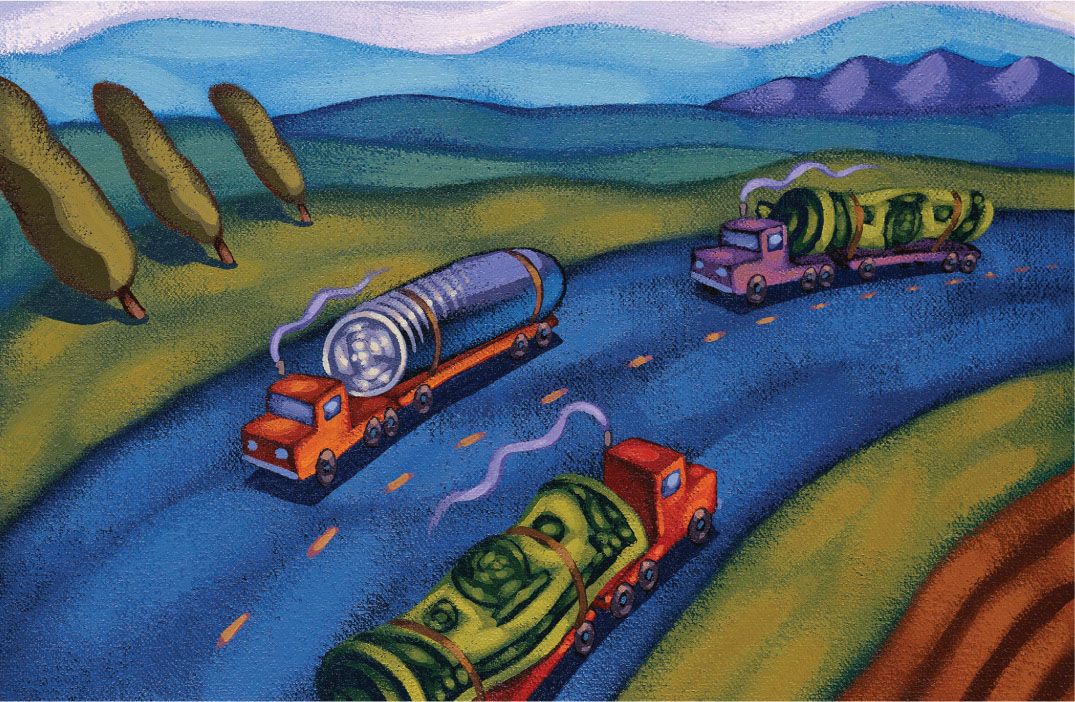 The inland-marine marketplace mirrors many other insurance segments as carriers continue to deal with a soft rate environment. The market is "fierce" and "continues to be competitive," says Joseph Tracy, president of Travelers Inland Marine. "There's more competition, with a couple of [new] entries" looking to cash in on a historically profitable line of business.
The inland-marine marketplace mirrors many other insurance segments as carriers continue to deal with a soft rate environment. The market is "fierce" and "continues to be competitive," says Joseph Tracy, president of Travelers Inland Marine. "There's more competition, with a couple of [new] entries" looking to cash in on a historically profitable line of business.
But those entering the field—as well as established players—aren't likely to have an easy go of it, at least for the foreseeable future.
Jerry Theodorou, vice president of insurance research and publications for Conning, says reports of economic recovery are "not too encouraging" in the short term. Construction remains sluggish. Loss costs are rising.
Recommended For You
Want to continue reading?
Become a Free PropertyCasualty360 Digital Reader
Your access to unlimited PropertyCasualty360 content isn’t changing.
Once you are an ALM digital member, you’ll receive:
- Breaking insurance news and analysis, on-site and via our newsletters and custom alerts
- Weekly Insurance Speak podcast featuring exclusive interviews with industry leaders
- Educational webcasts, white papers, and ebooks from industry thought leaders
- Critical converage of the employee benefits and financial advisory markets on our other ALM sites, BenefitsPRO and ThinkAdvisor
Already have an account? Sign In Now
© Touchpoint Markets, All Rights Reserved. Request academic re-use from www.copyright.com. All other uses, submit a request to [email protected]. For more inforrmation visit Asset & Logo Licensing.







